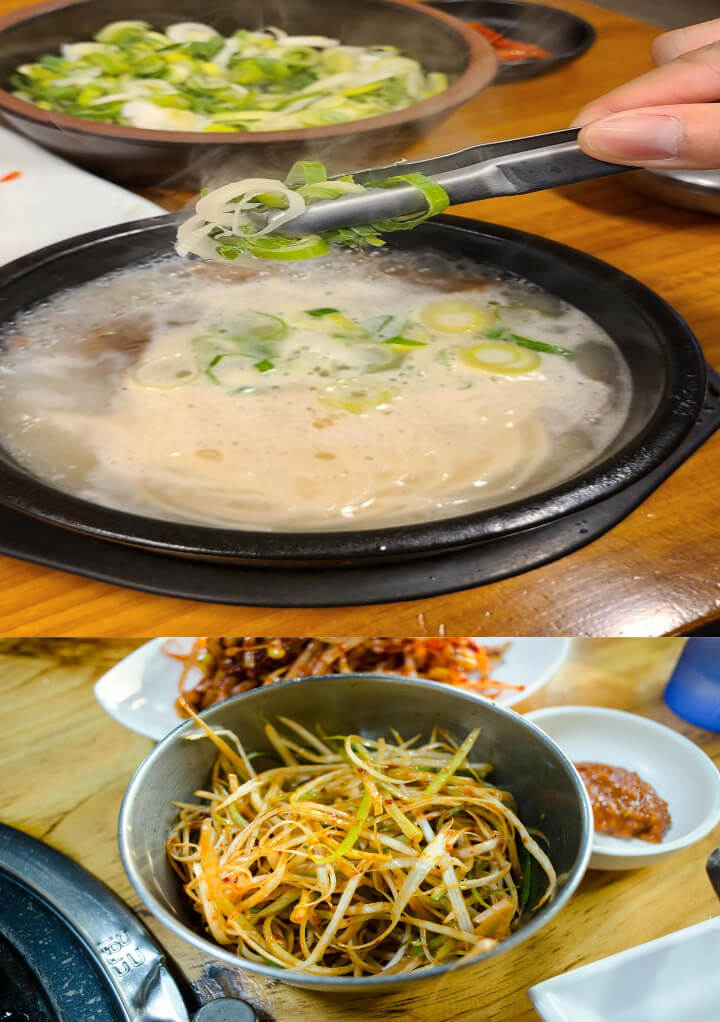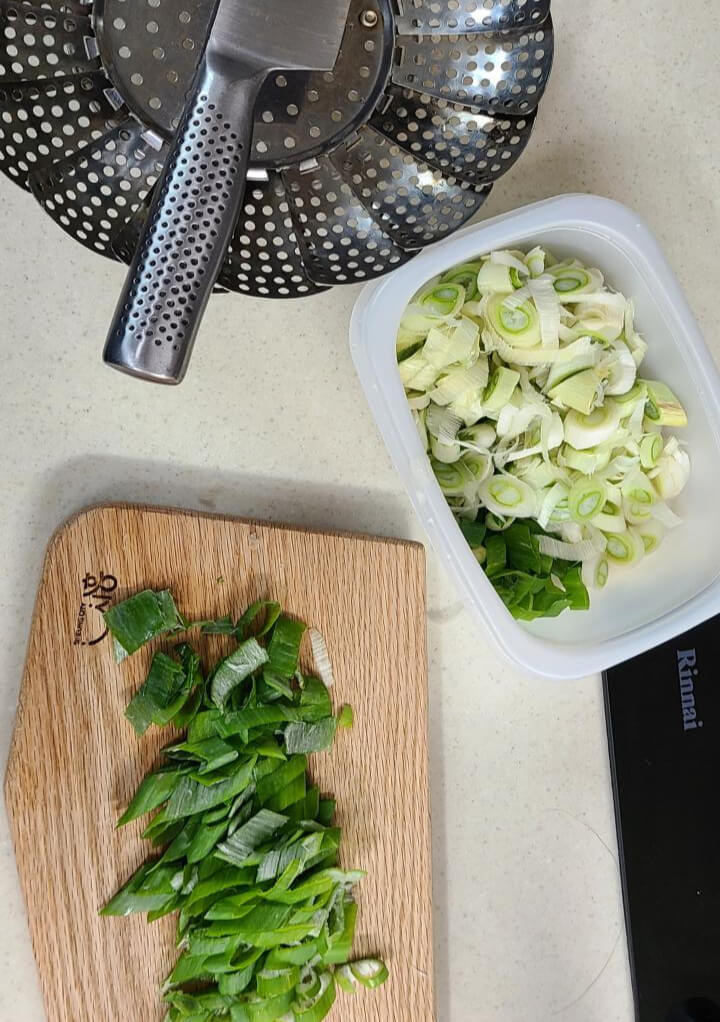Green onions are used in almost all Korean dishes, with few exceptions. Green onions are a very familiar vegetable to Koreans. Today, I would like to talk about a Korean poem that features green onions, dishes containing green onions, the benefits of green onions, and how to store them.
Flower of green onion
The following link is a photo of green onion flowers.
https://blog.naver.com/sodoi77/110168523896
Most plants bloom when they’re in their prime. But green onions don’t bloom until the end of their lives, once they’ve survived the harsh winter months. They play their part until their stalk hardens, before spreading their black seeds and leaving this world. Green onions aren’t edible once the stalk gets tough. Korean poet An Dohyeon compared green onions to a mother who sacrifices her entire life to raise her children. In the language of flowers, green onions mean patience, expressing a similar sentiment. Korean mothers are the strongest in the world; when times are tough, they feed their kids first even if there’s not enough food for themselves, and get their kids to study hard even when they did not have the opportunity to study themselves.
Dishes containing green onions
There are three types of onions: round onions, chives, and green onions. Today, I will talk about green onions. Green onions are a very familiar vegetable to Koreans. Koreans add sliced green onions, eggs, and kimchi to ramen. Nothing can beat this combination. And green onions are a part of a lot of Korean foods that you have probably tried, such as bulgogi, galbitang, soybean paste stew, and steamed eggs. Ah! When you‘ve eaten Korean barbecue pork belly, did it come with a small salad of chopped green onions? Koreans call this salad pajeol, and it always goes with pork belly. Delicious green onion kimchi is also a great side dish.
The following is a photo of green onions in Seolleongtang, and Pajeol

The benefits of green onions
Green onions are rich in vitamin C and calcium, which are good for the immune system and skin health. And they’re high in fiber, making them good for digestion. When it comes to vitamin C, they have five times as much as apples. Green onions are also rich in antioxidants and can help in preventing glaucoma. The flavor of green onions is slightly sour, spicy, fragrant, a little tangy, and altogether unique; they add a special something to any food.
Caution: beware of kissing someone after eating a lot of green onion kimchi or other green onion dishes. You might get slapped!
Familiar vegetable to Koreans
Koreans buy green onions in bunches and use them when cooking. I buy green onions, wash them, cut them, freeze them for storage, and then add as much as needed when cooking. The following are pictures of green onions being cleaned and before frozen.

Also, some households grow green onions in Styrofoam boxes to use them for cooking. Green onions are an amazing vegetable that regrow again and again after being cut. Is this regrowth infinite? Not really. They say that after a certain amount of regrowth, its flavor goes off and it can’t be eaten anymore.